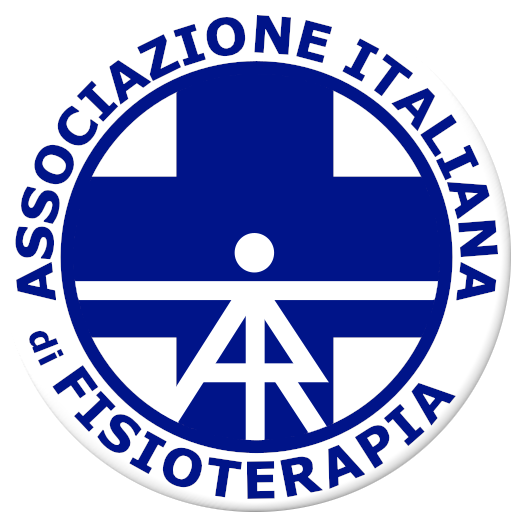Sfruttare la Connessione Mente-Corpo: Esplorazione del Potenziale Terapeutico dell’Immaginazione Motoria nel Alleviare il Dolore al Piede
Harnessing the Mind-Body Connection: Exploring the Therapeutic Potential of Motor Imagery for Foot Pain Relie
Introduction
Motor imagery, the cognitive process of mentally simulating movements without physical execution, has been widely studied in various contexts, including rehabilitation, sports performance, and pain management. It involves activating the same neural networks as actual movement and has shown potential benefits in enhancing motor learning, motor performance, and functional recovery[ 1 ]. In the realm of pain, motor imagery has gained attention as a potential therapeutic approach for individuals experiencing foot pain[ 2 ]. Understanding the relationship between motor imagery and foot pain is crucial for developing effective rehabilitation strategies and optimizing pain management approaches.
Methods
This review examines relevant articles [3,4] that investigate motor imagery in the context of foot pain. The studies encompass participants with different foot pain conditions, including leg amputation, chronic leg pain, complex regional pain syndrome, and Achilles tendinopathy. Various methodologies were employed to assess motor imagery abilities, including motor cortical mapping, foot laterality recognition tasks, EEG recordings, and treatment interventions incorporating motor imagery.
Results
The findings reveal several important insights. Individuals with leg amputation displayed functional reorganization in upper-limb motor cortical maps, accompanied by a breakdown in the inhibitory relationship between foot and hand representations. Participants with chronic leg pain exhibited slower and less accurate performance on foot laterality recognition tasks compared to healthy controls. Complex regional pain syndrome patients demonstrated distinct motor imagery strategies and varied responses to first-person and third-person perspectives. EEG studies highlighted differences in brain activity during motor imagery tasks under pain-free and pain conditions. Treatment interventions incorporating motor imagery showed promising outcomes in improving functional outcomes and reducing pain levels.
Discussion and Conclusion
Motor imagery appears to play a significant role in foot pain conditions, although further research is needed to establish consistent evidence and understand the underlying mechanisms. The integration of motor imagery into rehabilitation and pain management approaches holds promise for optimizing treatment outcomes in individuals with foot pain. Future research should focus on standardizing motor imagery assessment protocols, identifying specific patient populations that may benefit most from motor imagery interventions, and exploring the long-term effects of motor imagery-based interventions. By advancing our understanding of motor imagery in the context of foot pain, healthcare professionals can develop targeted and effective strategies to improve functional outcomes and enhance the overall well-being of individuals with foot pain.
REFERENCES
[ 1 ]Cooper LA, Shepard RN. Mental transformations in the identification of left and right hands. J Exp Psychol Hum Percept Perform. 1975 Feb;104(1):48-56.
[ 2 ]Sekiyama K. Kinesthetic aspects of mental representations in the identification of left and right hands. Percept Psychophys. 1982 Aug;32(2):89-95.
[ 3 ]Marconi B, Koch G, Pecchioli C, Cavallari P, Caltagirone C. Breakdown of inhibitory effects induced by foot motor imagery on hand motor area in lower-limb amputees. Clin Neurophysiol. 2007 Nov;118(11):2468-78.
[ 4 ]Rio EK, Stanton TR, Wand BM, Debenham JR, Cook J, Catley MJ, Moseley GL, Butler P, Cheng K, Mallows AJ, Wilson MVB, Girdwood M. Implicit Motor Imagery of the Foot and Hand in People with Achilles Tendinopathy: A Left Right Judgement Study. Pain Med. 2021 Dec 11;22(12):2998-3007.
